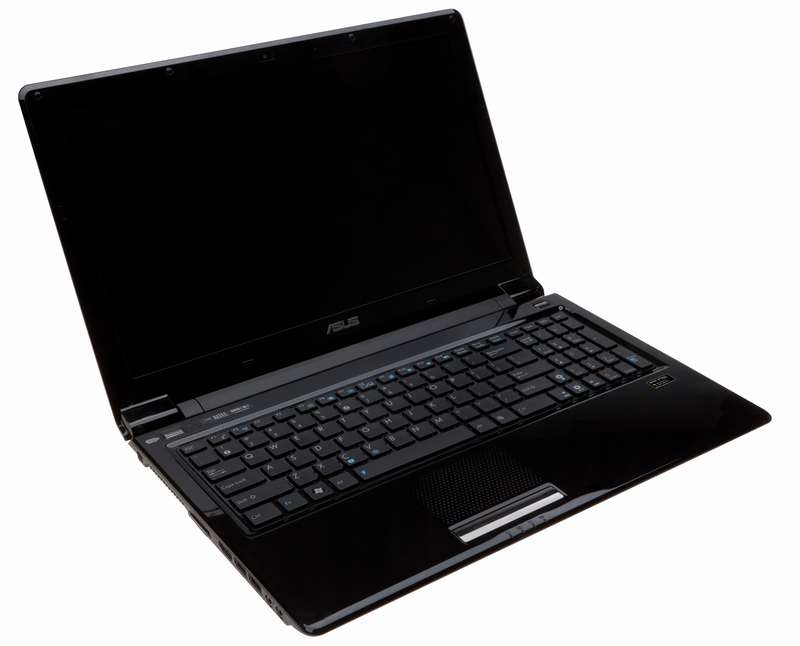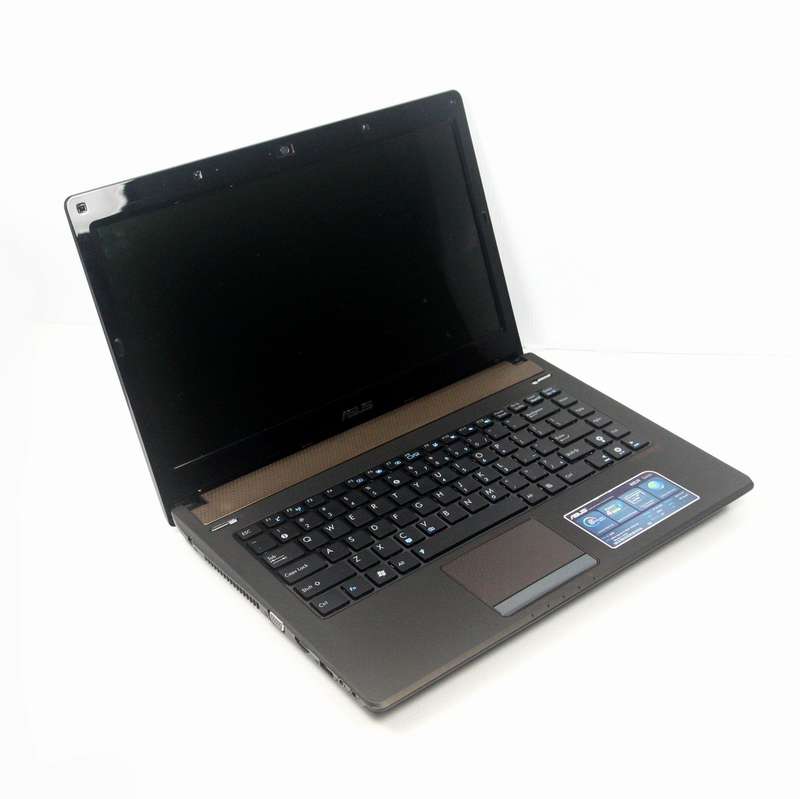nVidia Optimus or the Second Life Hybrid SLI
Today, in Santa Clara (California), NVIDIA has unveiled its new technology, nVidia Optimus, which is the next evolutionary link in Hybrid SLI technology.

The main task of the technology is to save energy by switching from a discrete video card to an integrated one. If both video cards worked together on stationary PCs with Hybrid SLI, then in the case of mobile devices with nVidia Optimus support, only the most suitable device will be used. In the case of applications that are not demanding of the graphics subsystem, the integrated graphics will be used, in the case of demanding applications, discrete. This approach will significantly extend the life of a laptop.
')
Rene Haas, director of mobile solutions :
The company took the main idea from Sony, who had long since implemented this scheme in their VAIO Z-series notebooks, although switching between adapters is manual there and requires a reboot. It is with this scheme that Optimus is compared in the next video. As I understand it, in the NVIDIA implementation, the video driver includes a discrete video card in the case of hardware video decoding, running 3D games and any applications that support CUDA.
Here is what nVidia writes about energy saving :
ATI R840 consumes about 8 watts in standby mode + FB - 9.6 watts , just 17.6 watts .
The Optimus CULV + GT215 bundle consumes only 8 watts, while the GT215 shuts down altogether. 8 watts versus 17.6 watts is more than 2 times energy savings.
Laptops with NVIDIA Optimus technology will soon come to the market, the first signs will be Asus models: UL50Vf, N61Jv, N71Jv, N82Jv and U30Jc.

UL50Vf

N61Jv

N82Jv

U30jc
One of these laptops will soon be in my paws ... and then we'll see how long it works.

The main task of the technology is to save energy by switching from a discrete video card to an integrated one. If both video cards worked together on stationary PCs with Hybrid SLI, then in the case of mobile devices with nVidia Optimus support, only the most suitable device will be used. In the case of applications that are not demanding of the graphics subsystem, the integrated graphics will be used, in the case of demanding applications, discrete. This approach will significantly extend the life of a laptop.
')
Rene Haas, director of mobile solutions :
“Consumers no longer have to choose between performance and long battery life. NVIDIA Optimus gives them everything at once - excellent performance and excellent battery life. ”
The company took the main idea from Sony, who had long since implemented this scheme in their VAIO Z-series notebooks, although switching between adapters is manual there and requires a reboot. It is with this scheme that Optimus is compared in the next video. As I understand it, in the NVIDIA implementation, the video driver includes a discrete video card in the case of hardware video decoding, running 3D games and any applications that support CUDA.
Here is what nVidia writes about energy saving :
ATI R840 consumes about 8 watts in standby mode + FB - 9.6 watts , just 17.6 watts .
The Optimus CULV + GT215 bundle consumes only 8 watts, while the GT215 shuts down altogether. 8 watts versus 17.6 watts is more than 2 times energy savings.
Laptops with NVIDIA Optimus technology will soon come to the market, the first signs will be Asus models: UL50Vf, N61Jv, N71Jv, N82Jv and U30Jc.

UL50Vf

N61Jv

N82Jv

U30jc
One of these laptops will soon be in my paws ... and then we'll see how long it works.
Source: https://habr.com/ru/post/83662/
All Articles